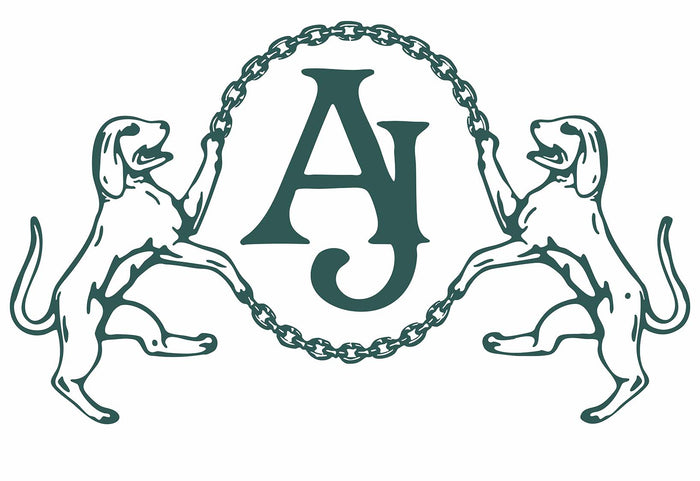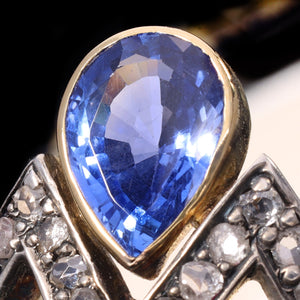Carat weight is one of the key measures used to assess the value and size of gemstones, especially in antique and vintage rings. While many people associate carats with size, it's actually a measure of weight—one carat equals 0.2 grams. Understanding how carat weight is calculated can help you better evaluate the stones in antique jewellery, whether you're buying, selling, or simply admiring a treasured heirloom.
What Is Carat Weight?
Carat is a unit of weight used for diamonds and other gemstones. One carat equals 200 milligrams, or 0.2 grams. In the jewellery trade, carats are often further divided into "points," with one carat equalling 100 points. So a stone that weighs 0.75 carats might also be called a “75 pointer.”
Why Carat Weight Matters
Carat weight is a crucial element in determining the value of a gemstone. However, two stones of equal carat weight can appear very different in size, depending on their cut and density. This is particularly important in antique and vintage rings, where gemstone cuts were often designed for beauty under candlelight rather than for maximum size.
How to Calculate Carat Weight
Gemstones that are not removed from their settings must often be estimated rather than weighed. Luckily, there are formulas to help:
1. Standard Formula for Faceted Stones
To estimate carat weight for a standard round brilliant-cut gemstone, use:
Carat = (Diameter x Diameter x Depth x 0.0061)
For example, a round stone measuring 6.5mm in diameter and 4mm in depth:
Carat = (6.5 x 6.5 x 4 x 0.0061) ≈ 1.03 carats
2. Estimating for Other Shapes
Each gemstone shape has a slightly different formula based on its average proportions. For example, the formula for oval and cushion cuts adjusts for elongation, while emerald cuts use length x width x depth x shape factor.
3. Gemstone-Specific Densities
Different gemstones have different specific gravities (densities). For example, a 1-carat diamond and a 1-carat sapphire will not look the same size because sapphire is denser. This is especially relevant in antique rings, which often contain gemstones like garnet, topaz, or zircon that differ significantly from diamonds in density.
Carat Weight in Antique and Vintage Rings
Many antique and vintage rings were made before modern precision tools were widely available. As a result, carat weights in older jewellery were often estimated or rounded. Hallmarks or original receipts may provide clues, but it's always wise to have the piece assessed by a gemmologist if exact measurements are needed.
Why Carat Is Just One Part of the Story
While carat weight is important, it’s just one part of a gemstone’s overall value. History, cut, colour, and clarity also play significant roles, particularly in antique and vintage rings where unique cuts and historical charm often take precedence over size alone.
If you're exploring antique and vintage rings with an eye for quality and history, understanding carat weight can help you make informed decisions. Whether you're drawn to a delicate Victorian diamond or a bold Art Deco sapphire, knowing how to estimate carat weight adds another layer to appreciating the beauty of antique gems.
Browse our collection of antique and vintage rings to see how carat weight, design, and craftsmanship come together in timeless pieces.


